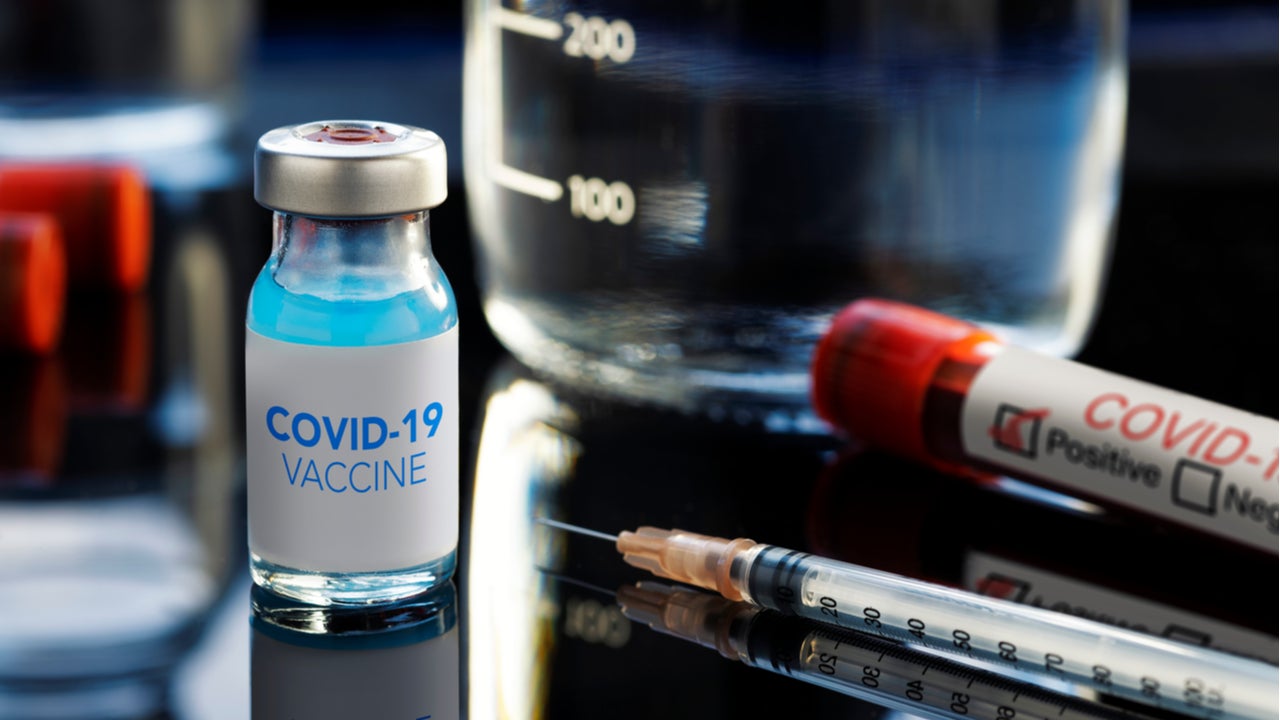
Moderna is the second company after Pfizer to show 94.5% efficacy of its coronavirus vaccine candidate in its preliminary trials. The company claims it has a longer shelf life when refrigerated and at room temperature, making it easier to store and use unlike the Pfizer candidate that requires refrigeration.
Justin Wolfers
Justin Wolfers, a professor at the University of Michigan, shared an article on Moderna’s vaccine trial which showed 94.5% efficacy against the Covid-19 disease, joining Pfizer in the race to fight the virus crisis. Wolfers tweeted that approximately 95 people had contracted the coronavirus disease in Moderna’s study, out of which five were vaccinated and 90 were administered placebo shots of saltwater.
Wolfers states that the data revealed a huge difference between the two groups, with 11 out of the 95 cases severely affected and part of the placebo group. Economists believe that if the placebo group got Covid at a rate of 20 times that of the vaccine group, then the vaccine could be effective for use.
Moderna is the second company to report preliminary results from a large testing trial, but experts state that there are months before it is marketed and commercialised. Both Moderna and the front runner Pfizer have sought the US Food and Drug Administration (FDA) emergency use authorisation to start vaccinating the populations.
Officials state that the two companies can produce enough vaccine for 20 million people or more in the US by December 2020. Frontline staff, emergency workers, and residents of nursing homes should be the first ones to receive vaccination, they opine.
“In Moderna’s study, 95 people contracted the coronavirus: five who were vaccinated, and 90 who received placebo shots of saltwater. Statistically, the difference between the two groups was highly significant. And of the 95 cases, 11 were severe — all in the placebo group.” https://t.co/XBDlNWxLwU
How well do you really know your competitors?
Access the most comprehensive Company Profiles on the market, powered by GlobalData. Save hours of research. Gain competitive edge.
 Company Profile – free sample
Company Profile – free sampleThank you!
Your download email will arrive shortly
Not ready to buy yet? Download a free sample
We are confident about the unique quality of our Company Profiles. However, we want you to make the most beneficial decision for your business, so we offer a free sample that you can download by submitting the below form
By GlobalData— Justin Wolfers (@JustinWolfers) November 16, 2020
Ian Bremmer
Ian Bremmer, a political scientist and author, discussed how the world is entering into a second year of the coronavirus pandemic, with some countries such as the Americas and Europe dealing with dire scenarios with the onset of the second or even third wave of infection. The US has surpassed 10 million Covid-19 active cases, the article noted. Although midwestern countries remain most affected, the current wave stretches across the country.
According to John Hopkins, in Latin America, Argentina, Brazil, Mexico, and Peru continue to be major Covid-19 hotspots reporting some of the highest per capita mortality rates in the world.
In Europe, the resurgence of the virus has continued to strain previous hotspots such as Italy and Spain. Additionally, the virus is now spreading towards the south as compared to the first wave which hit northern Italy in spring. Hospitalisations have also been witnessing an all-time high in France, the UK, and the Czech Republic.
Per Johns Hopkins, in Latin America, Brazil, Mexico, Argentina, and Peru remain major COVID-19 hotspots, recording some of the highest per capita mortality rates in the world. @gzeromedia https://t.co/UG5H2MipbJ
— ian bremmer (@ianbremmer) November 16, 2020
Stephany Griffith-Jones
Stephany Griffith-Jones, an economist specialising on financial crises, re-tweeted on a comprehensive debt relief proposal by the Global Development Policy Centre that outlines a green and inclusive recovery from the Covid-19 health crisis for the private sector as well as middle-income countries.
According to experts, emerging markets and developing economies are facing the highest risk to fight the health crisis and protect their vulnerable sections. Additionally, the global economic slowdown has caused many developing countries to use just 30-70% of the government revenue to service debt payments.
The Group of 20 (G20) actively initiated the Debt Service Suspension Initiative (DSSI) in the early months of the crisis to suspend debt service payments for selected low-income countries in the beginning of 2021. However, experts believe it has not been enough to solve the core problems of these countries.
The report calls for the need to go beyond the DSSI requiring all creditors groups to provide a substantial debt relief and not just a suspension to struggling economies, along with the fiscal space for green and inclusive recovery.
https://twitter.com/GDPC_BU/status/1328318418861387777





Related Company Profiles
Pfizer Inc
Moderna
DSSI LLC